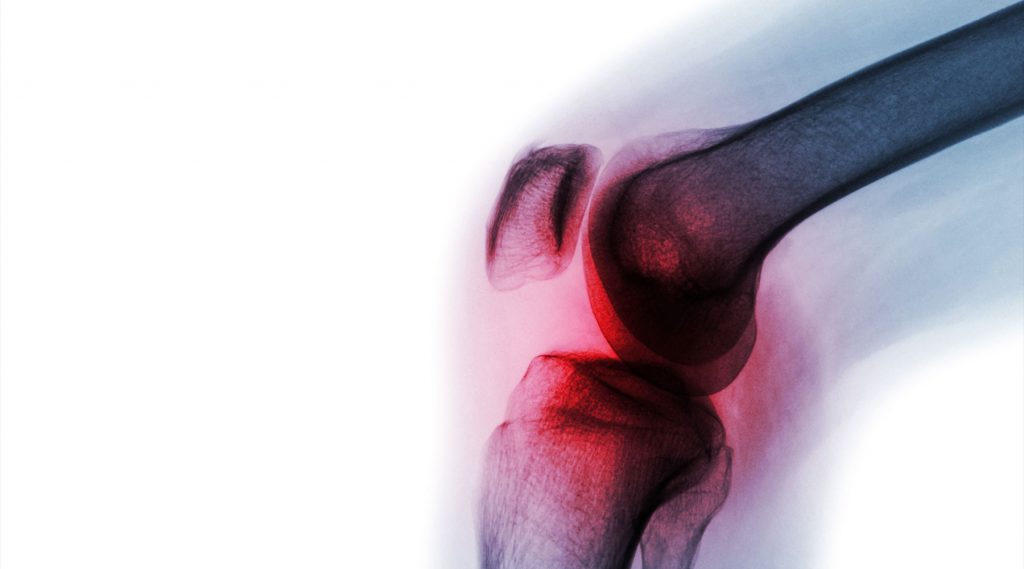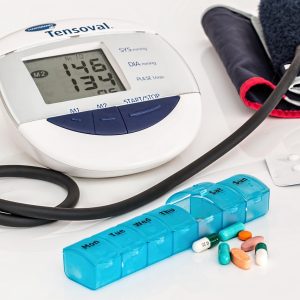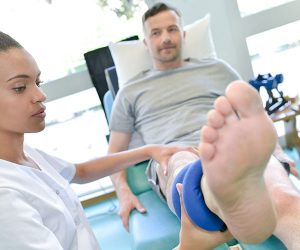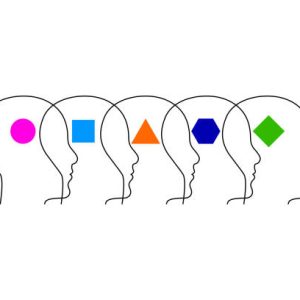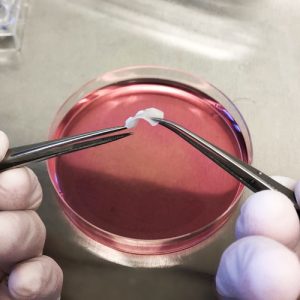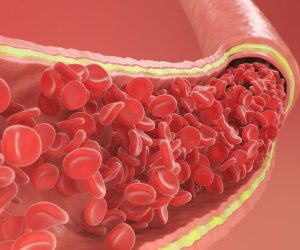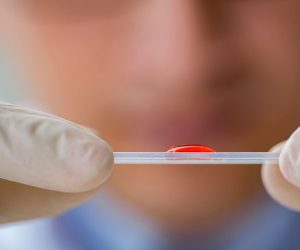News
Our CAG members
-
As a basic researcher, the CAG cooperation gives me better opportunities to access the clinical research. By gathering the research area, we can assure that we remain strong in our field of research, both at home and internationally. With the establishment of the CAG, we also know more about who is working in our area. This has resulted in a stronger network, where we also get in touch with several of the new colleagues in the field that we can cooperate with
CAG member Physical activity and sport in clinical medicine, MSc, PhD Professor, Head of Section Xlab, Department of Biomedical Sciences
-
I believe that, if we are going to conduct translational research, we must bring together researchers and clinicians within a common area. At my research centre we do translational research. There are somebody working with cells, animals, physiology, in the clinics and in the municipalities. This also apply for our CAG. Because if we are going to understand, what effect physical activity has on our health, we have to understand what is going on in the Muscle
CAG member Physical activity and sport in clinical medicine, Professor and Director at Centre of Inflammation and Metabolism (CIM), MD DMSc
-
The establishment of CAG Allergy has bridged the gap between clinical and basic research and has provided new collaborative areas across several specialties. We have high expectations for this cooperation, which will take our research to a new level. The appointment of CAG has given an increased focus on allergy and new funding opportunities
CAG leader CAG Allergy
-
To me, the establisment of CAGs is a great initiative. My research is about circuits and cellular mechanisms for circulatory diseases, where I study how how physical activity can reduce the risk of cardiovascular diseases. As a basic researcher, I need clinical insight and knowledge. Therefore, the cooperation with clinicians is incredibly valuable and exciting to me. It also makes it possible to investigate relevant patient populations, which otherwise can be difficult to include in our studies. With initiatives such as shared PhD students and translational positions, our CAG will strongly promote the very important cooperation between the academic and clinical environment
CAG member Physical Activity and Sport in Clinical Medicine, Professor, Department of Nutrition, Exercise and Sports, University of Copenhagen


